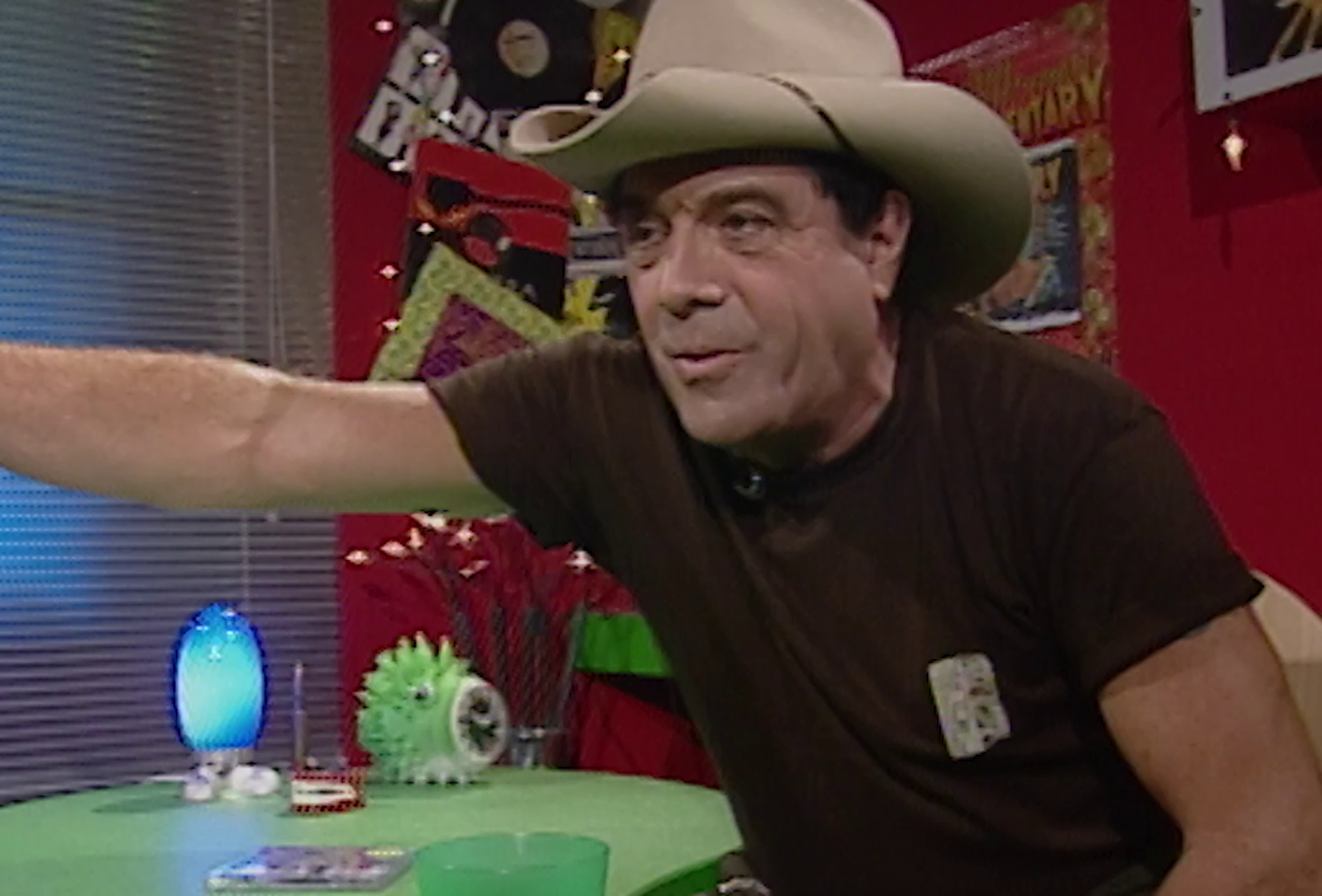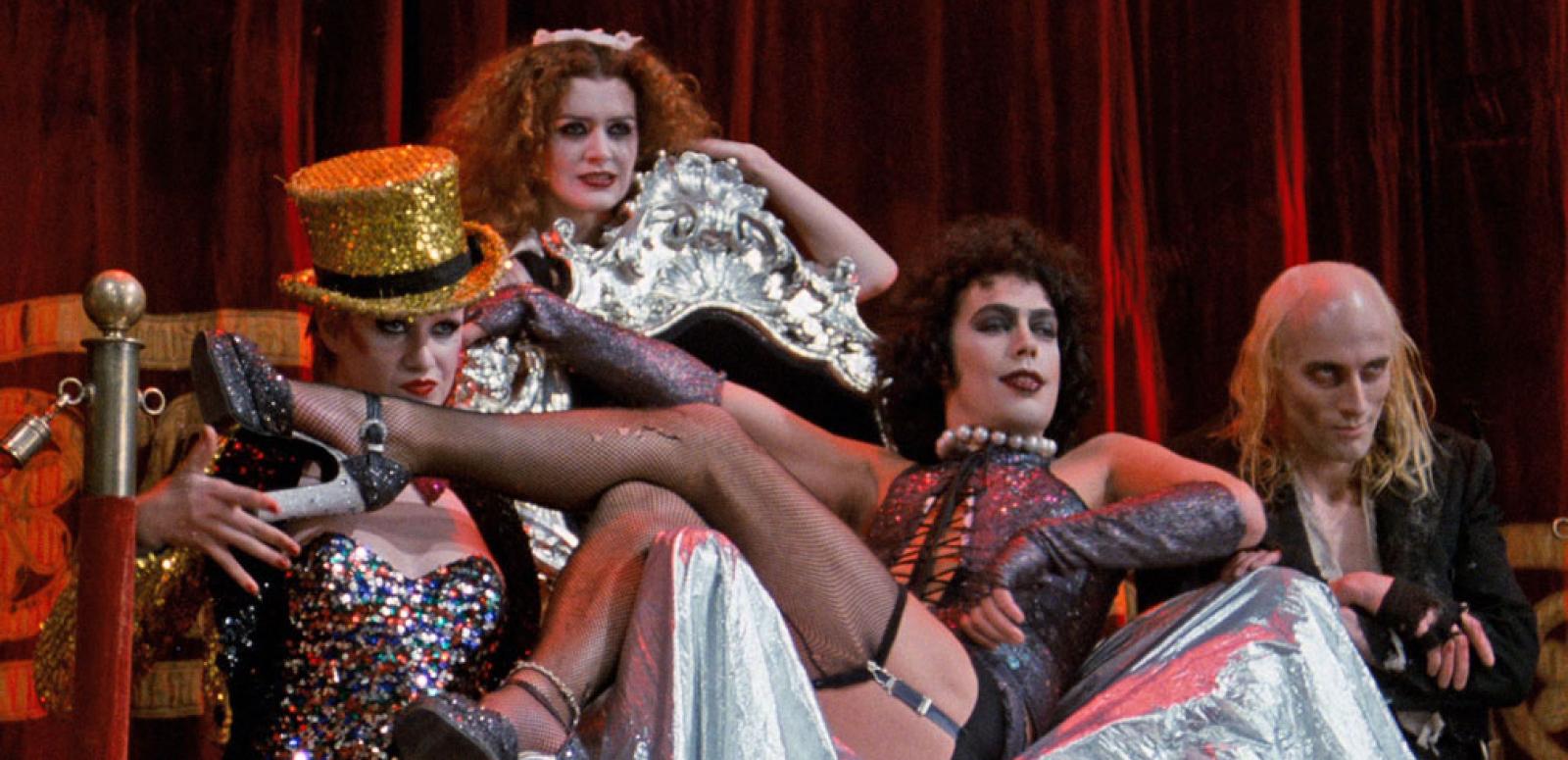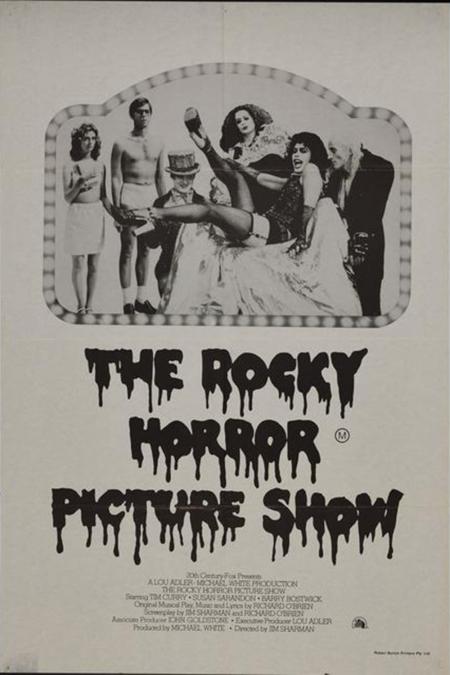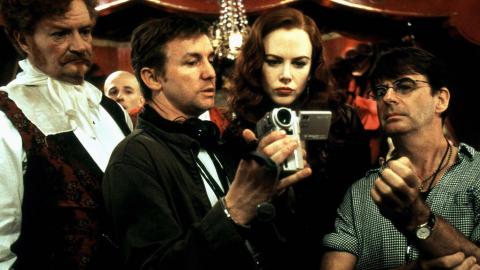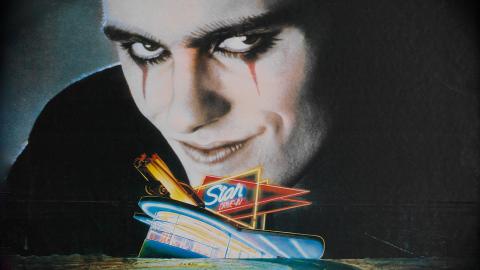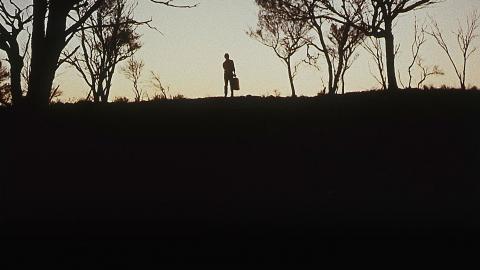It’s astounding – time really is fleeting. In 1975, a spark from Australia’s creative underground ignited a wildfire of rebellion, expression and belonging. Fifty years on, The Rocky Horror Picture Show still pulses with the same energy, testament to both the wild, loud powerhouses behind its genius, and the rituals that have become folded into the film’s very being.
